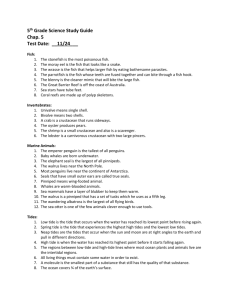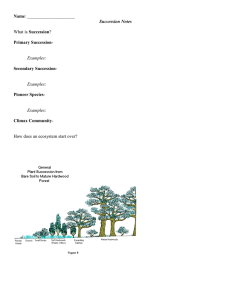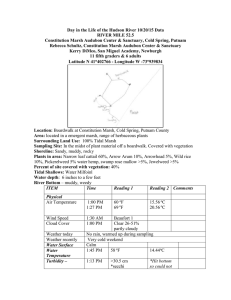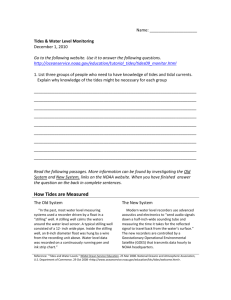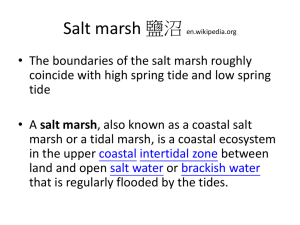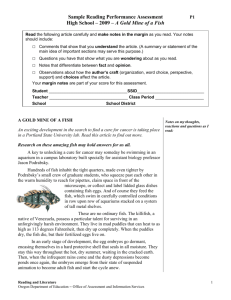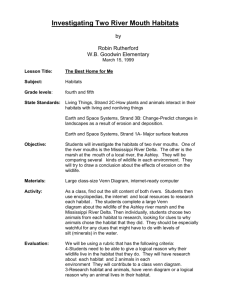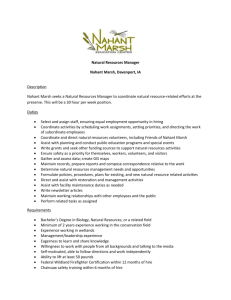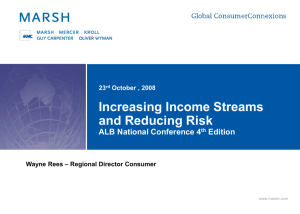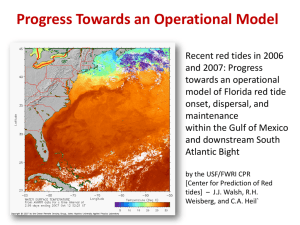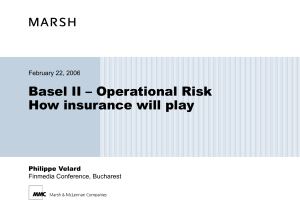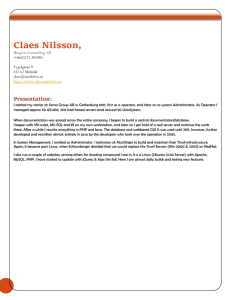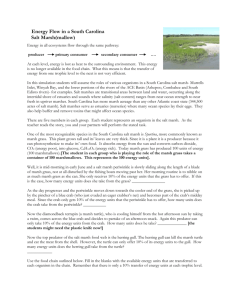Observing the abundant life all around me on this late April day, I am
advertisement
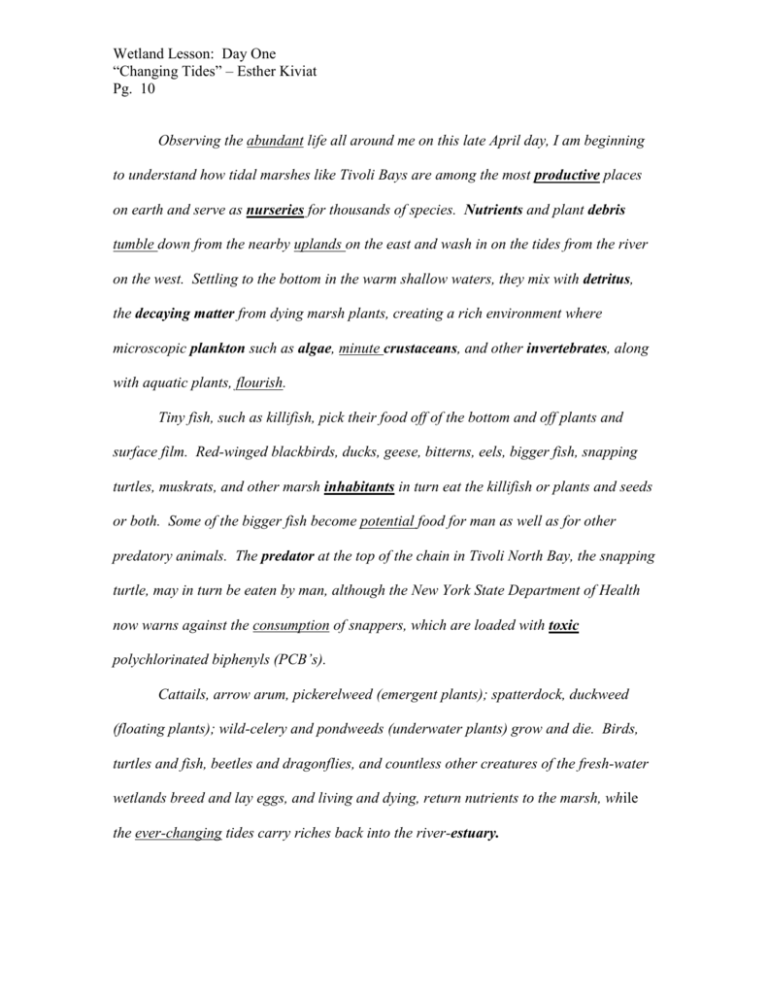
Wetland Lesson: Day One “Changing Tides” – Esther Kiviat Pg. 10 Observing the abundant life all around me on this late April day, I am beginning to understand how tidal marshes like Tivoli Bays are among the most productive places on earth and serve as nurseries for thousands of species. Nutrients and plant debris tumble down from the nearby uplands on the east and wash in on the tides from the river on the west. Settling to the bottom in the warm shallow waters, they mix with detritus, the decaying matter from dying marsh plants, creating a rich environment where microscopic plankton such as algae, minute crustaceans, and other invertebrates, along with aquatic plants, flourish. Tiny fish, such as killifish, pick their food off of the bottom and off plants and surface film. Red-winged blackbirds, ducks, geese, bitterns, eels, bigger fish, snapping turtles, muskrats, and other marsh inhabitants in turn eat the killifish or plants and seeds or both. Some of the bigger fish become potential food for man as well as for other predatory animals. The predator at the top of the chain in Tivoli North Bay, the snapping turtle, may in turn be eaten by man, although the New York State Department of Health now warns against the consumption of snappers, which are loaded with toxic polychlorinated biphenyls (PCB’s). Cattails, arrow arum, pickerelweed (emergent plants); spatterdock, duckweed (floating plants); wild-celery and pondweeds (underwater plants) grow and die. Birds, turtles and fish, beetles and dragonflies, and countless other creatures of the fresh-water wetlands breed and lay eggs, and living and dying, return nutrients to the marsh, while the ever-changing tides carry riches back into the river-estuary.
